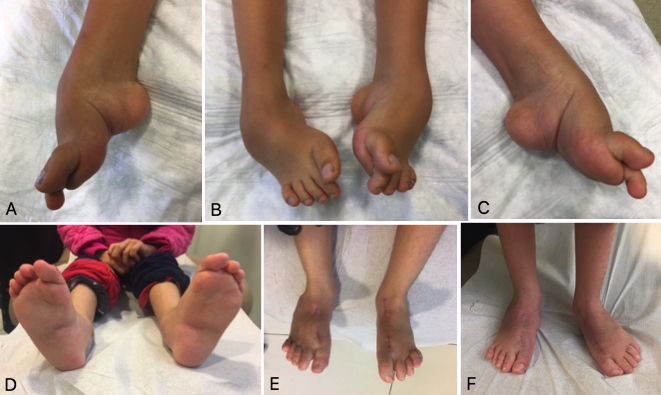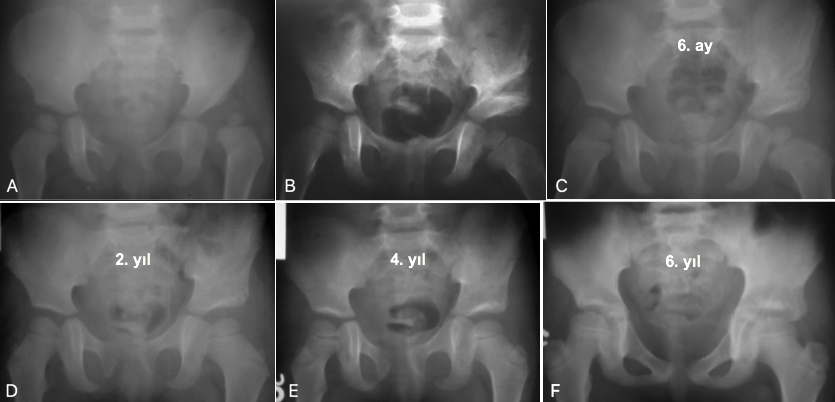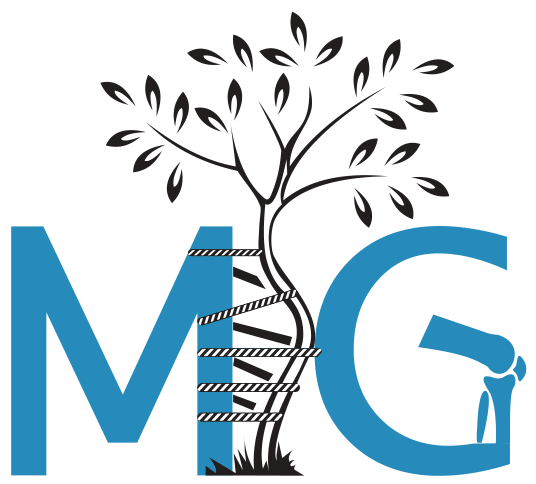The word “Orthopedics” is a combination of the Latin words “orthos (straight or upright)” and “paedia (child)” and means “straight child”. Problems that emerged in childhood lie at the root of many orthopedic problems encountered in adulthood. From this point of view, it is possible to say that pediatric orthopedics is one of the most basic areas of orthopedics and traumatology.
The area of interest of pediatric orthopedics are orthopedic problems that develop due to congenital, developmental and traumatic causes in the musculoskeletal system of infants, children and adolescents from birth until the skeletal system growth is over. The treatment of the reflections of these diseases that occur in adulthood is also in the field of pediatric orthopedics. In addition, it is within the responsibility area of pediatric orthopedics that children and adolescents continue their lives as mentally and physically healthy individuals

Although the child’s body is seen as a small copy of the adult, orthopedically it has many different features in the diagnosis and treatment process. The dynamics of the growth and development process cause both traumatic injuries and congenital&developmental orthopedic problems to progress very differently in children.
For example, many fractures that are treated surgically in adults can be healed with non-surgical conservative methods in children; also, most of the healing complications observed in adulthood do not occur in children, or they can resolve very quickly and without any problems.
On the other hand, when the development dynamics of the musculoskeletal system in children are hindered, more destructive deformities and disabilities may occur than in adults. All these features show that children should not be perceived as miniature copies of adults, and that the diagnosis and treatment processes of orthopedic problems have completely different characteristics.



Although the number of experienced orthopedists who can serve in the field of pediatric orthopedics, which constitutes a very basic, detailed and specific part of the discipline of orthopedics and traumatology, is increasing day by day in our country, it is unfortunately not possible to say that sufficient number has been reached.
The diseases that are frequently seen and treated in pediatric orthopedics are as follows:
- -Developmental dysplasia of the hip (Hip dislocation)
- -Congenital clubfoot (Pes Equinovarus)
- -Congenital cerebral palsy
- -Meningomyelocele (Spina bifida)
- -Congenital musculoskeletal deformities
- -Perthes disease
- -Slipped capital femoral epiphysis
- -Fractures, dislocations and soft tissue traumas in children
- -Sports injuries in childhood and adolescence
- -Gait disorders
- -Pediatric foot problems
- -Short stature
- -Spinal curvatures (scoliosis, kyphosis, etc.)
- -Congenital arm paralysis (Brachial plexus palsy)
- -Musculoskeletal tumors
